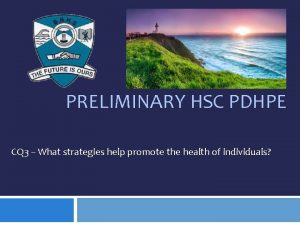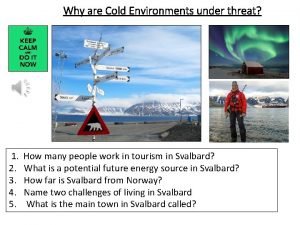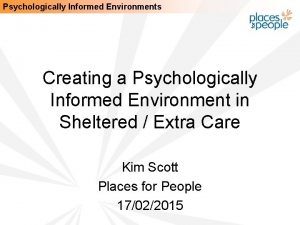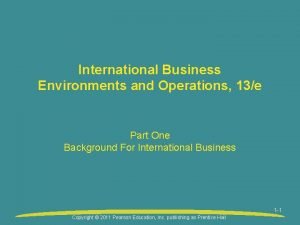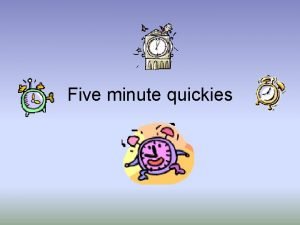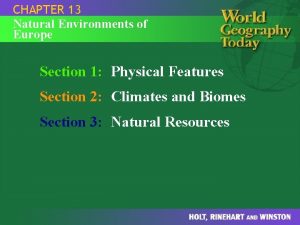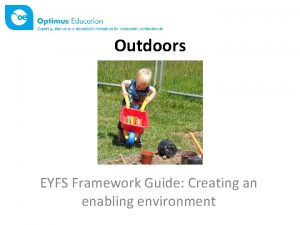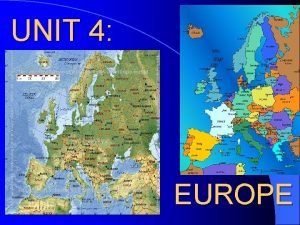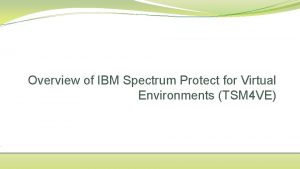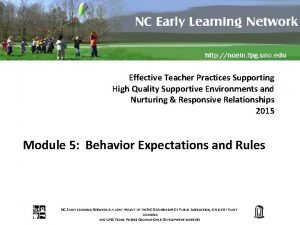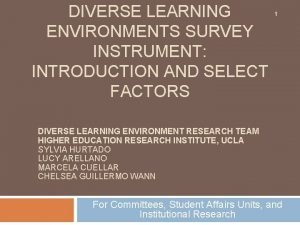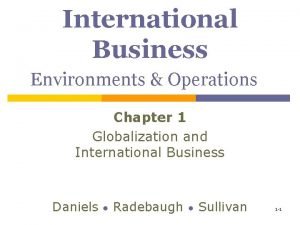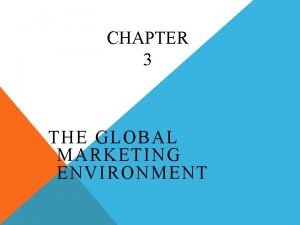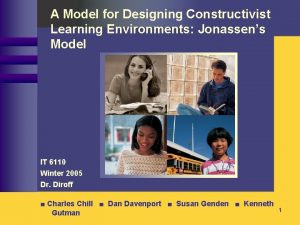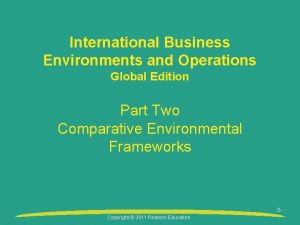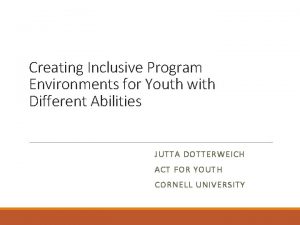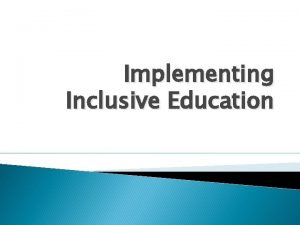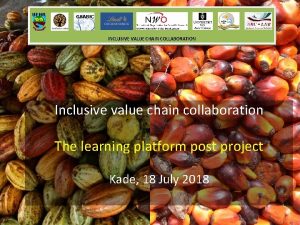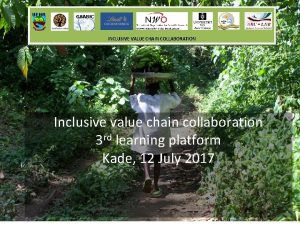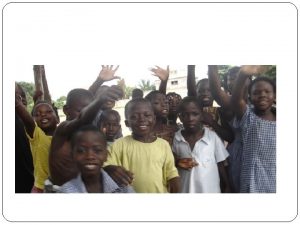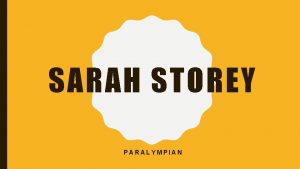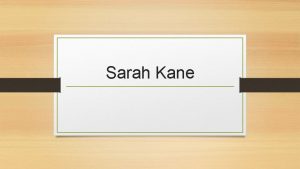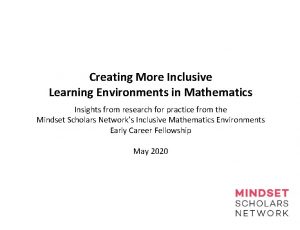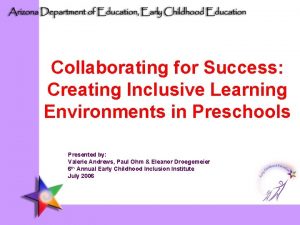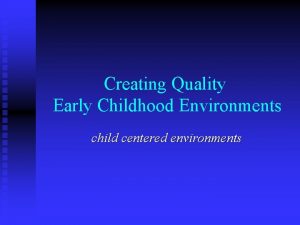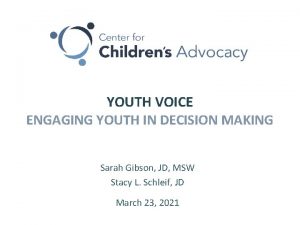Creating Inclusive Environments for Youth Sarah N Douglas














- Slides: 14

Creating Inclusive Environments for Youth Sarah N. Douglas, Ph. D Assistant Professor

Outline • • • Characteristics of inclusion Awareness of your own identity and bias Accessibility Creating a Respectful Environment Providing Accommodations

Characteristics of Inclusion • What is inclusion? – Belonging – Respect – Bond – Trust – Valued for being you – Seen as an individual

What inclusion is not Inclusion is NOT… • a place - it’s a value • bringing together people who are different to meet a quota • a synonym for diversity • trying to achieve a melting pot – it’s a embracing a mosaic

Awareness of your own Identity and Biases • Before you can be understand others from diverse backgrounds you need to understand our own identity and it influences you and your biases. • What is your identity?

Awareness of your own Identity and Biases • ADDRESSING Model (Hayes, 2008) – Age – Disability (developmental/acquired) – Religion/Spiritual Orientation – Ethnicity – Social class – Sexual orientation – Indigenous heritage – National origin – Gender

Ensuring Accessibility • Is the environment accessible and welcoming to individuals to all individuals? • If not what can changes can you make to ensure accessibility?

Creating a Respectful Environment Step 1: Use Person First Language • How do we refer to people from different backgrounds? – Emphasize the person first, not their disability/nationality/race/other defining feature – Shows respect – Use the most recent/accepted terms • This: Man with Down Syndrome • Or even better: Fred has Down syndrome • Not this: Down’s man

Person First Language • A few tips: – Some terms are never ok • https: //www. youtube. com/watch? v=fkdt. EOrrk. Ps – Some individuals and groups prefer identity first language – Ask the individual – Using their name is always safe

Creating a Respectful Environment cont. • Establish ground rules • Encourage and model respectful dialogues • Encourage reflection (Why do you think that? What lead you to that conclusion? Can you give an example? ) • Reframe and correct errors in student knowledge • Provide youth with resources to expand their knowledge • It’s ok to come back to topics that you didn’t adequately address

Providing Accommodations

Providing Accommodations • Best practice: – Encourage youth to communicate about any and all challenges they are facing – Avoid probing for too many details related to student disability/diversity – If you lack expertise, consult with family members or community members who knowledgeable in the disability/diversity of the individual

Questions?

Thanks for joining me!
 Creating supportive environments smoking
Creating supportive environments smoking Why are cold environments under threat
Why are cold environments under threat Psychologically informed environments
Psychologically informed environments International business environments and operations
International business environments and operations Story openers
Story openers Chapter 13 natural environments of europe
Chapter 13 natural environments of europe Enabling environments eyfs
Enabling environments eyfs Chapter 13 natural environments of europe
Chapter 13 natural environments of europe Ans1311e server out of data storage space
Ans1311e server out of data storage space High quality supportive environments
High quality supportive environments Diverse learning environments survey
Diverse learning environments survey International business: environments & operations
International business: environments & operations Marketing in global environment
Marketing in global environment Jonassen constructivist learning environment
Jonassen constructivist learning environment International business environments and operations
International business environments and operations
